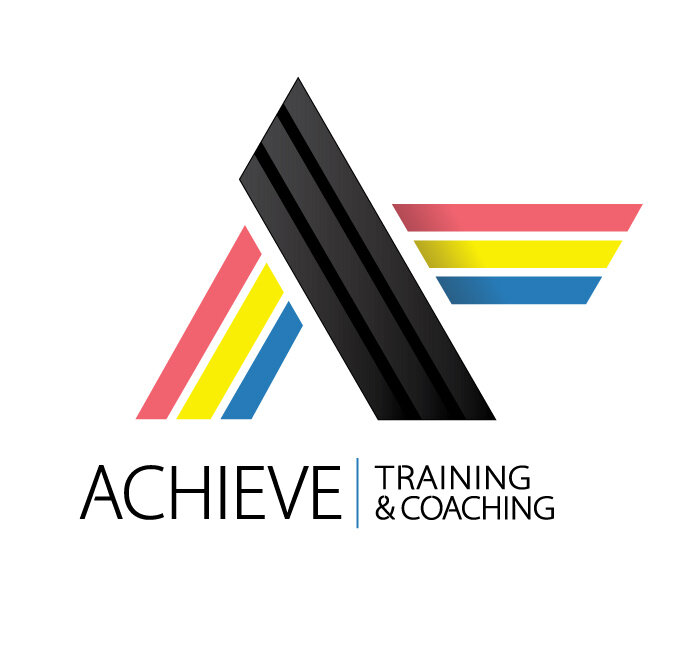The Importance of Heat Acclimation
Summer is here! If you live in the Bay Area, you may be asking yourself if overcast, foggy weather really counts as summer. But like many Bay Area cyclists, we often head out to hot environments to race and ride our bikes and the heat often comes as a big shock to the system.
This is where heat acclimation comes in.
When exercising in the heat, the biggest barrier your body faces is trying to keep blood flowing to the skin to keep you cool. If you don’t effectively dissipate heat, you risk overheating and a precipitous drop in performance.
The physiological strain of heat stress and exertion on the body will hamper your body’s ability to thermoregulate, reduce exercise capacity, disrupt fluid-electrolyte balance, and expose you to the dangerous risks of heat illness. All things we want to avoid when trying to perform our best!
If you want to off-set the negative effects of exercising in hot environments, you’ll have to adapt to exerting yourself in hot conditions.
Heat Acclimation – Why does it matter?
Heat acclimation allows your body to better tolerate exercise in high temperatures and maximize performance. The adaptations that occur with heat acclimation allow your body to off-load heat more easily, resulting in improved performance and off-setting time to the performance sapping effects of dehydration and overheating.
With heat acclimation comes an increase in total blood volume so the blood flow to your muscles and skin is improved, making it easier for the body to cool itself and resulting in lower heart rate and body temperatures at any given exertion.
“Not only will your body become better at off-loading heat, but sweating will begin earlier and become more watery, reducing electrolyte and sodium losses by up to 50% fewer! ”
Along with an increased (diluted) sweat rate, your body will also experience less cardiovascular strain and thus improved aerobic performance, allowing you to preserve limited glycogen stores for longer. These adaptations are key to successfully sustaining exercise in the heat and staying safe.
How long does it take?
Heat acclimation occurs when repeated exercise-heat exposures are sufficiently stressful to invoke profuse sweating and elevate whole-body temperatures.
It takes at least 10 to 14 days of repeated heat exposure during exercise (lasting about 90 minutes) for heat acclimation to begin.
For full adaptation to occur, allow for approximately 14-21 days of daily intermittent heat loading during exercise. During that time, don’t go longer than 3 consecutive days without a heat stimulus if you want adaptation to occur.
The more fitness you have, the easier and quicker you will acclimate.
Women Take Note
Women thermoregulate a bit differently than men under heat stress. Not only do we sweat less than men, we start sweating later and our sweat is more diluted. Additionally, our internal body temperature is higher before sweating kicks in. Women also have different heat-loss responses across the phases of the menstrual cycle. During the high-hormone phase of the cycle (Days 14-21), our internal body temperature is elevated and we are less sensitive to triggers to dissipate heat.
The solution? Stay on top of hydration and electrolyte balance, and practice pre-cooling techniques to keep body temperature down. Be mindful of the effects of heat stress during the high-hormone phase of the cycle and take extra precautions to beat the heat. (See link below)
How Do I Acclimate?
When first exposing yourself to hot temperatures, avoid peak heat hours and instead ride in the early morning or late afternoon when the temperatures are cooler. You may also want to back off on intensity as your body acclimates to the hot environment.
There are several ways to stress the thermoregulation system and kick start the heat dissipation process. For those who don’t live in hot environments but want the benefits of heat acclimation, passive heating techniques are a great solution.
Passive heating techniques:
Indoor Trainer: Ride the indoor-trainer without a fan.
Hot Bath or Hot Tub: Enter immediately post-workout or trainer session (15 min. working up to 40 min.)
Sauna Training: Enter sauna within 30 min. of completing workout (Build up to 25-30 min. sessions). Wait until after the session to re-hydrate; continue for 7 consecutive days. Be cautious: leave sauna if you start to feel uncomfortable.
Over-dressing during training rides (wear a hat and gloves)
Hot Yoga
Don’t Over Do It
The goal with these methods is to simulate a hot environment but not give yourself heat illness. The most difficult situation for our body to deal with is the combination of hot skin, low body water and elevated core temperature. It’s important that you follow up these techniques with several hours of continued rehydration with sodium-rich electrolyte fluids to replenish salt losses, prevent dehydration and cool the body.
Learn More:
For tips on dealing with the heat, check out our Top 10 Tips to Beat the Heat. We go over hyperhydration, pre-cooling strategies, electrolyte balance, heat illness warning signs and more!
Sources:
ROAR, Dr. Stacy T. Sims (book)
Dr. Anne Friedlander, Stanford Professor & Exercise Physiologist, USAC Coaching Summit 2018
Heat Acclimatization to Improve Athletic Performance in Warm Hot Environments, Gatorade Sports Science Institute
10 Tips to Beat the Heat, Achieve Training & Coaching


